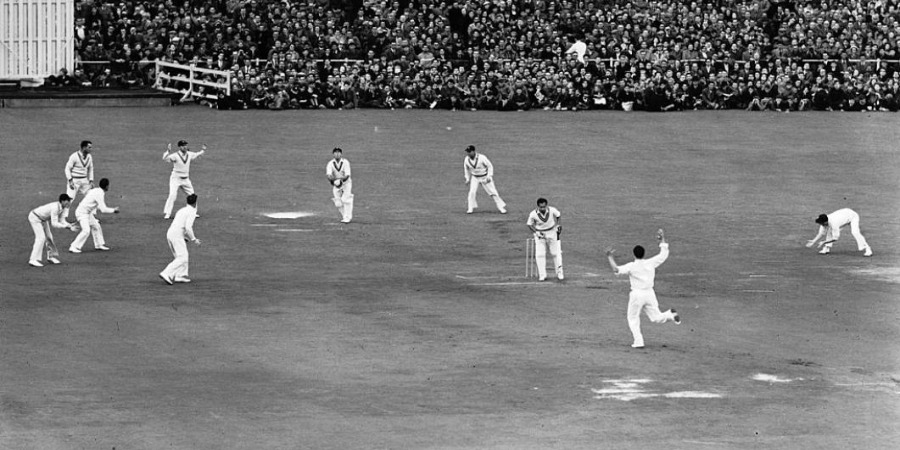Cricket Part 2: Advanced Insights & Techniques
Cricket was brought to India by the Britishers during their 200 year reign. The game was then only played by the Britishers and slowly rich and upper classes Indians were allowed to join. It probably took many decades before ordinary Indians became familiar with the game and started playing it by themselves.
Therefore, while world’s first cricket club was introduced in 1792, India entered the game of cricket much after other nations. India acquired the status of a “full member” of the International Cricket Council in the year 1926 and acquired test status in the year 1931. It became the 6th team to be granted test cricket status. India played its first ever cricket match under the captaincy of the great cricketer C.K Naidu. It was played against England at the Lords stadium, which is called the Mecca of Cricket. India being ruled over by the British had very less of its funds for cricket. Indian players struggled to even find the basic and most important gears. There was never a question for extra gears since the board for cricket was hardly able to give its players their salary. India was an underdog but a well-known team in the cricketing world. There were only test matches played in that era. Everyone wore white uniforms, no third umpire and the game was very slow paced and took many days to finish. Indian team demonstrated their special skills in spin bowling apart from a few powerful batsmen such as Syed Mushtaq Ali, CK Nayudu, etc. India had to wait 20 years for its first test win in 1950. In the meanwhile, the Board of Control for Cricket in India (BCCI), the umbrella body for governing cricket in India was founded. BCCI first represented India at the International Cricket Council (ICC) in 1929. India has since been holding various inter-state tournaments such as Ranji trophy, named after the great Ranjit Singhji, Vijay Hazare Trophy, Deodhar and Irani cup.
In its first 50 years of international cricket, India was one of the weaker teams, winning only 35 of the first 196 test matches it played. The Indian team, however gained strength in 1970s with the emergence of legends like Sunil Gavaskar, G.Vishwanath, Kapil dev and the Indian spin quartet B.S Bedi, M. Chandrasekhar and Srinivas Venkataraghavan. Sunil Gavaskar created history for Indian cricket, as he could score centuries, face fast bowlers, and sometimes even trouble them by hitting them four 4s relentlessly.
With ICC approval of the ODI format of the game in 1971, Indian team started playing this format of the game in 1974. Around then the Indian team saw entry of Kapil Dev, an all-rounder – a medium paced bowler and batsman who could face any bowler and put-up big scores. Eventually there was an emergence of a new breed of more confident and aggressive players like Madan Lal, Ravi Shastri, Sandeep Patil, etc.
This new team of youngsters was led by Kapil Dev into the 1983 world cup in England. No one had any expectations of winning from the team, not even the Indians! They had to manage with old and worn out gears and very less money to spend. Everyone still considered India as an underdog and the players were laughed at when they spoke of winning the world cup by everyone, even by the board of cricket in India. They were told to think something realistic. Eventually, through their sheer hard work, dedication, discipline and will power, the Indian team put up a scintillating performance and beat the formidable West Indies in the final, thus winning the world cup for India for the first time.
The Indian national cricket team won many accolades over the years, the most memorable one being the one-day cricket World Cup in 1983, under the captaincy of Kapil Dev. As of Oct 2022, India has won two ODI World Cups, one ICC T20 World Cup and two ICC Champions Trophys. The team has also won the Asia Cup seven times, the 1985 World Cup Championship of Cricket, ICC Test Championship Mace five times, and ICC ODI Championship Shield once.
Spectators and supporters of the top cricket teams of the world India, Australia, England, West Indies, Pakistan and South Africa shared natural rivalries over the years, and this added to the excitement of the game. But these feelings of rivalry reach an atmosphere of frenzy when India is playing its neighbor Pakistan. While the players play the game, in their best sportsmanship spirit, for the rest of the nation it almost feels like a war being fought on the cricket ground reflecting the bitter political history shared by these neighbors. This naturally means an awesome number of cricket lovers glued to their TV and sharing excitement and disappointment with virtually every ball depending on which side scored the run or lost a wicket. The game of cricket has transformed significantly since its invention and it continues to evolve into more viewer friendly shorter and more thrilling formats. To find out this evolving story of Indian cricket, watch out for my next episode------ ☺
